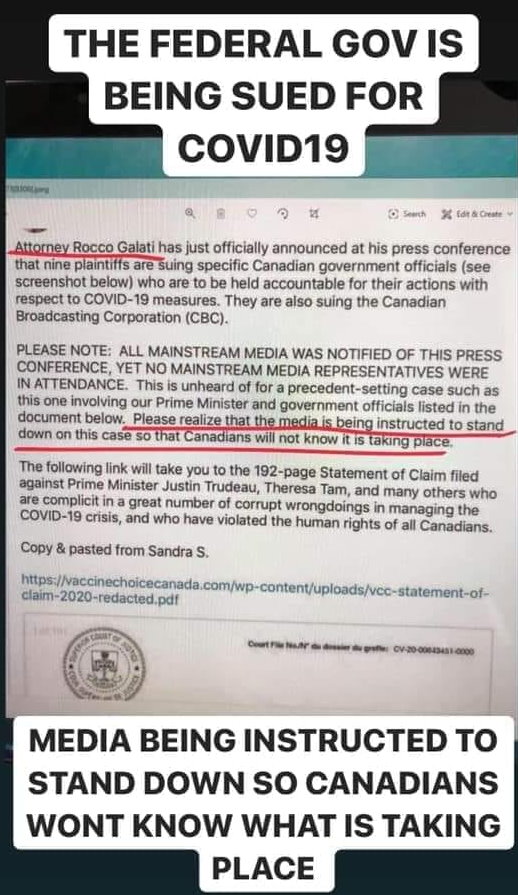On August 19, 1947, the judges of the American military tribunal in the case of the USA vs. Karl Brandt et. al. delivered their verdict. Before announcing the guilt or innocence of each defendant, they confronted the difficult question of medical experimentation on human beings. Several German doctors had argued in their own defense that their experiments differed little from previous American or German ones. Furthermore they showed that no international law or informal statement differentiated between legal and illegal human experimentation. This argument worried Drs. Andrew Ivy and Leo Alexander, American doctors who had worked with the prosecution during the trial. On April 17, 1947, Dr. Alexander submitted a memorandum to the United States Counsel for War Crimes which outlined six points defining legitimate research. The verdict of August 19 reiterated almost all of these points in a section entitled "Permissible Medical Experiments" and revised the original six points into ten. Subsequently, the ten points became known as the "Nuremberg Code." Although the code addressed the defense arguments in general, remarkably none of the specific findings against Brandt and his co-defendants mentioned the code. Thus the legal force of the document was not well established. The uncertain use of the code continued in the half century following the trial when it informed numerous international ethics statements but failed to find a place in either the American or German national law codes. Nevertheless, it remains a landmark document on medical ethics and one of the most lasting products of the "Doctors Trial."
1. The VOLUNTARY CONSENT of the human subject is absolutely essential.
2. The experiment should be such as to yield fruitful results for the good of society, un-procurable by other methods or means of study, and not random and unnecessary in nature.
3. The experiment should be so designed and based on the results of animal experimentation and a knowledge of the natural history of the disease or other problem under study that the anticipated results will justify the performance of the experiment.
4. The experiment should be so conducted as to avoid all unnecessary physical and mental suffering and injury.
5. No experiment should be conducted where there is an a prior reason to believe that death or disabling injury: will occur; except, perhaps, in those experiments where the experimental physicians also serve as subjects.
6. The degree of risk to be taken should never exceed that determined by the humanitarian importance of the problem to be solved by the experiment.
7. Proper preparations should be made and adequate facilities provided to protect the experimental subject against even remote possibilities of injury, disability, or death.
8. The experiment should be conducted only by scientifically qualified persons. The highest degree of skill and care should be required through all stages of the experiment of those who conduct or engage in the experiment.
9. During the course of the experiment the human subject should be at liberty to bring the experiment to an end if he has reached the physical or mental state where continuation of the experiment seems to him to be impossible.
10. During the course of the experiment the scientist in charge must be prepared to terminate the experiment at any stage, if he has probably cause to believe, in the exercise of the good faith, superior skill and careful judgment required of him that a continuation of the experiment is likely to result in injury, disability, or death to the experimental subject.
Fifty Years Later: The Significance of the Nuremberg Code https://www.nejm.org/doi/full/10.1056/nejm199711133372006
On April 15, 1947, Alexander gave Taylor a second memorandum.9,11 In it he set forth in greater detail six specific conditions for ethically and legally permissible experiments on human beings. The first stated that:
the legally valid voluntary consent of the experimental subject is essential. This requires specifically the absence of duress, sufficient disclosure on the part of the experimenter and sufficient understanding on the part of the experimental subject of the exact nature and consequences of the experiment for which he volunteers, to permit an enlightened consent.
Andrew Ivy was an internationally known physiologist and a noted scientist. He also had first-hand knowledge of the Stateville Penitentiary experiments on malaria in his home state of Illinois.
Ivy presented to the judges three research principles that he had formulated at the request of the American Medical Association and which, he said, reflected common research practices.12 His document entitled “Principles of Ethics Concerning Experimentation with Human Beings,” adopted by the American Medical Association House of Delegates in December 1946, read in part:
1. Consent of the human subject must be obtained. All subjects have been volunteers in the absence of coercion in any form. Before volunteering, subjects have been informed of the hazards, if any. Small rewards in various forms have been provided as a rule.
2. The experiment to be performed must be based on the results of animal experimentation and on a knowledge of the natural history of the disease under study, and must be so designed that the anticipated results will justify the performance of the experiment. The experiment must be such as to yield results for the good of society, unprocurable by other methods of study, and must not be random and unnecessary in nature. 3. The experiment must be conducted only by scientifically qualified persons and so as to avoid all unnecessary physical and mental suffering and injury and only after the results of adequate animal experimentation have eliminated any a priori reason to believe that death or disabling injury will occur. . . .
Hhs.gov Office for Human Research Protections https://www.hhs.gov/ohrp/international/ethical-codes-and-research-standards/index.html
Search internet for “Nuremberg Code” for many more articles but what I looked at, said about the same thing.



